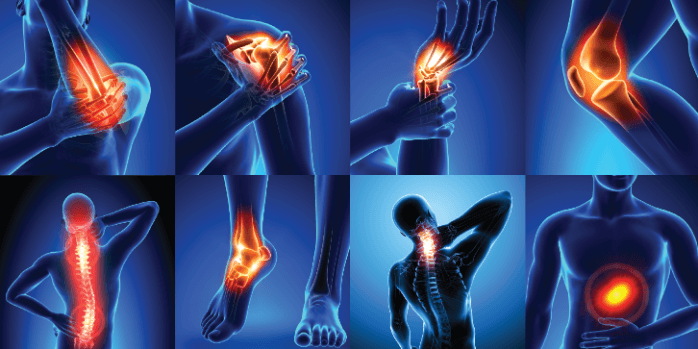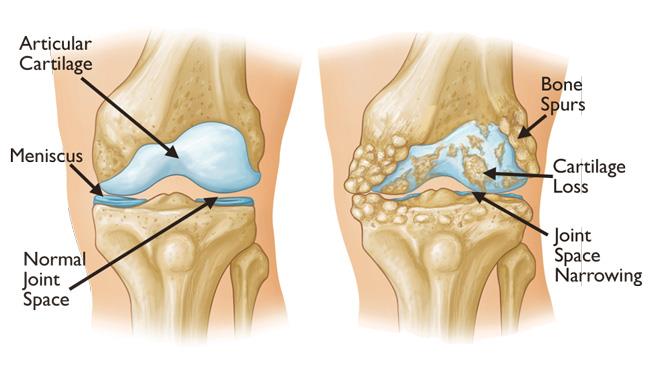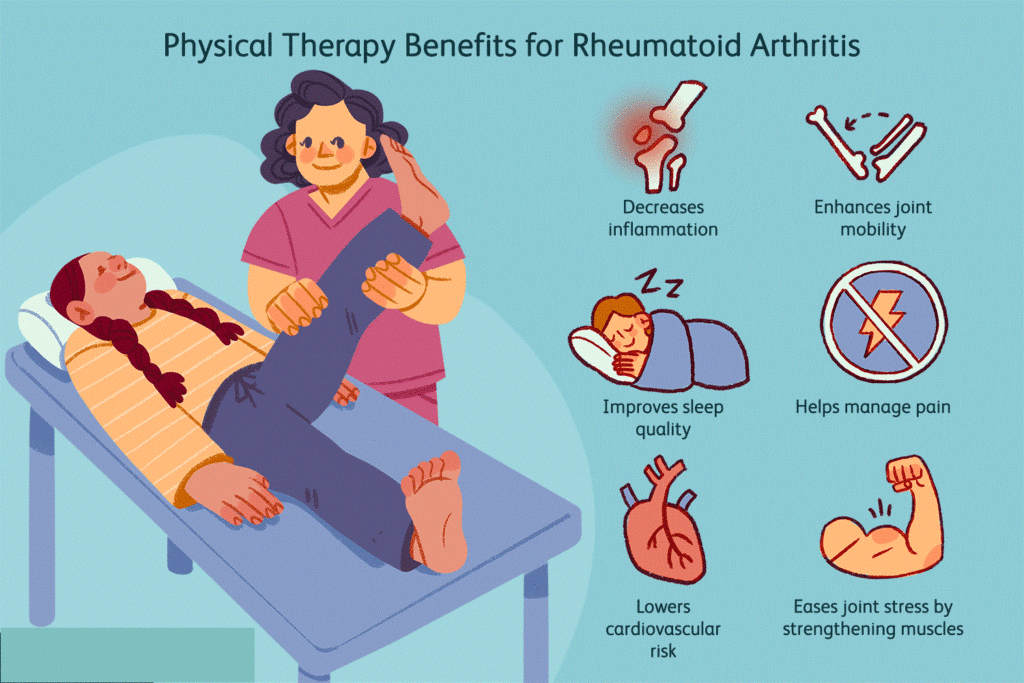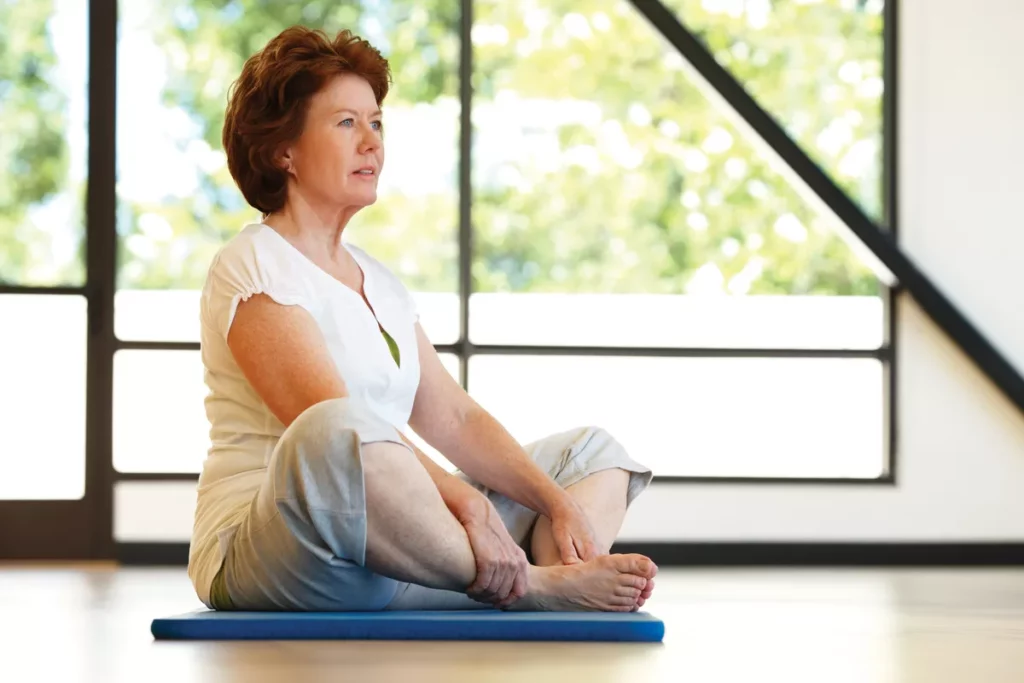Arthritis is a pervasive and painful condition that affects millions of people worldwide. In today’s modern world, the prevalence of arthritis is on the rise, with various factors contributing to its increasing occurrence. This blog post will delve into the commonality of The Rising Tide of Arthritis in Our Modern World, exploring its causes, symptoms, and effective treatments.
The Growing Prevalence of Arthritis
Arthritis, a general term that refers to joint inflammation, affects people of all ages. According to the Arthritis Foundation, over 54 million adults in the United States have been diagnosed with some form of arthritis. While it’s often associated with the elderly, arthritis knows no age boundaries, and it’s increasingly affecting young adults and even children.

Causes of the Rising Arthritis Rates
Several factors contribute to the growing prevalence of arthritis in today’s world:
- Lifestyle Choices: Sedentary lifestyles and poor dietary habits have led to an increase in obesity. Excess weight places added stress on joints, particularly the knees and hips, leading to a higher risk of arthritis.
- Aging Population: As the global population ages, the incidence of age-related arthritis, such as osteoarthritis, is on the rise.
- Genetics: Genetic predisposition can increase the likelihood of developing arthritis. Some individuals are more genetically susceptible to autoimmune forms of arthritis, such as rheumatoid arthritis.
- Environmental Factors: Environmental pollutants and toxins are believed to play a role in certain forms of arthritis, such as rheumatoid arthritis and lupus.
- Inflammatory Diets: Diets high in inflammatory foods, such as sugar, processed foods, and unhealthy fats, contribute to systemic inflammation, potentially worsening arthritis symptoms.

Common Symptoms of Arthritis
Arthritis manifests with various symptoms, which may vary depending on the type of arthritis. Common symptoms include:
- Joint Pain: Persistent pain in one or more joints is a hallmark symptom of arthritis.
- Swelling: Affected joints may appear swollen and feel warm to the touch.
- Stiffness: Arthritis often causes stiffness in the affected joints, particularly in the morning or after periods of inactivity.
- Reduced Range of Motion: As arthritis progresses, the range of motion in the affected joints can decrease.
- Fatigue: Chronic pain and inflammation can lead to overall fatigue and decreased energy levels.

Effective Treatments for Arthritis
While there’s no cure for arthritis, various treatments can effectively manage the condition and improve the quality of life for those affected. Here are some common treatment options:
- Medications: Nonsteroidal anti-inflammatory drugs (NSAIDs), disease-modifying antirheumatic drugs (DMARDs), and biologics are often prescribed to manage pain and inflammation.
- Physical Therapy: Physical therapy can help improve joint function, reduce pain, and increase mobility through targeted exercises and stretches.
- Lifestyle Modifications: Weight management, regular exercise, and a balanced diet can significantly reduce arthritis symptoms and progression.
- Surgery: In severe cases, joint replacement surgery may be necessary to replace damaged joints with prosthetic ones.
- Complementary Therapies: Acupuncture, massage therapy, and dietary supplements like glucosamine and chondroitin may offer relief for some individuals.
- Heat and Cold Therapy: Applying heat or cold to affected joints can alleviate pain and reduce inflammation.

Preventative Measures
Prevention is always preferable to treatment. To reduce the risk of developing arthritis, consider the following:
- Maintain a Healthy Weight: Maintaining a healthy weight reduces the strain on your joints.
- Stay Active: Regular exercise keeps joints flexible and strengthens the surrounding muscles.
- Eat an Anti-Inflammatory Diet: Consume foods rich in anti-inflammatory compounds, such as omega-3 fatty acids and antioxidants.
- Protect Your Joints: Take care to avoid overuse and injury to your joints.
- Regular Check-ups: Regular medical check-ups can help identify arthritis in its early stages, improving the effectiveness of treatment.



